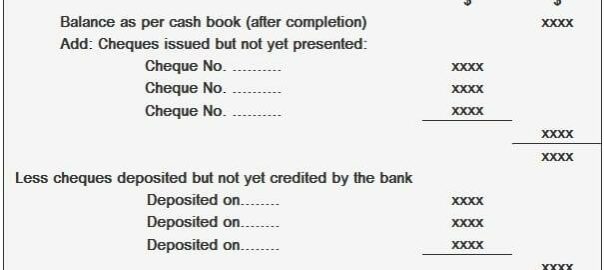Fixed Maturity Plans
Fixed maturity plans (FMPs) are a special class of close-ended debt mutual funds that mature after completion of a pre-determined time period. Thus you can make investments in an FMP only during the new fund offer (NFO) period. Subsequent to the completion of the NFO period, no new investments can be made into an FMP scheme. After the closing date, the offer to invest ceases to exist.
FMP – Investment Streams:
As a result of being classified as non-equity investments, the main investments of FMPs are various debt and money market instruments. The following are some of the more popular debt investments of FMPs:
- CBLOs (collateralized borrowing and lending obligations)
- Government Securities (G-Secs)
- T-Bills (Treasury Bills)
- Liquid scheme units
- Repo and Reverse Repo Instruments
- Highly-rated NCDs (non-convertible debentures)
- Securitized Debt Instruments
- CDs (certificate of deposits)
- CPs (commercial papers) and
- Various other cash-equivalent investments.
The above list of FMP investments is indicative and the allocation of individual instruments in the scheme’s portfolio, as well as their credit quality and residual maturity, may vary significantly from one FMP to another.
Features of Fixed Maturity Plans
The following are the key features of these schemes
- The maturity period of an FMP is fixed and once you have invested through NFO, your investment is essentially locked-in till maturity. The maturity period of FMPs is usually more than 3 years from the date of unit allocation. This ensures that indexation benefits can be obtained on FMP investments.
- This typically means that you can invest in the scheme only during the NFO period of the scheme. After completion of the NFO period, no additional investment can be made by investors and redemption of scheme units can only be made after the maturity of the scheme units.
- A majority of the investments made by these schemes are held till maturity hence FMPs tend to feature low levels of interest rate sensitivity. In effect, FMP investments allow you to lock-in interest rates for longer periods of time, which can be beneficial during a period of falling interest rates.
- A majority of investments made by FMPs are made into high-quality debt and money market instruments that feature potentially low levels of credit risk for investors.
Tax Compliances
The taxability of FMP’s is similar to the taxability of mutual funds which are taxed under the head Income from Capital Gains.
A majority of new FMPs feature a maturity period of 3 years or more. This ensures that long term capital gains tax rules including indexation benefits are applicable to capital gains from these non-equity investments. Indexation provides investors the benefit of factoring in inflation, which reduces overall tax liability on gains.
FMPs can also be useful for investors in the high-income tax brackets. These investors usually end up paying huge amounts as the tax on the interest earned on the FDs held by them. FMPs give them the option of making similar returns at a much lower tax rate (due to indexation benefit in long-term capital gains).
Distinguishes:
| FMP | Debt funds |
| No frequent buying and selling of debt securities | Unlike FMP there is no particular provision like buy and hold the securities. |
| Comparison Criteria | Fixed Maturity Plans | Fixed Deposit |
| Returns | Market – Linked Returns | Guaranteed Returns |
| Taxation | Capital Gains Taxation Rules are applicable with the benefit of indexation | Taxation is as per IT slab rate of investor |
| Liquidity | Low Liquidity | Premature withdrawal options with penalties available (more liquid than FMPs) |
| Maturity Options | Varies for each individual scheme (typically 3-4 years) | Varies by bank (typically 7 days to 10 years) |




